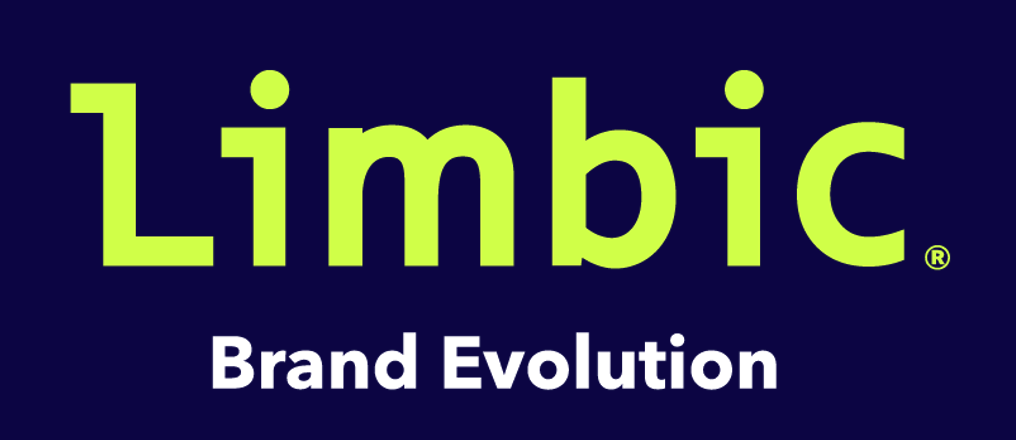Ready. Go. Don’t Miss a Crucial Step in Brand Development
Ready. Go. Can you see what's missing here?
You May Be Missing a Crucial Step in the Brand Development
I was in a pitch meeting where a potential client told me that another group came into the room with compelling brand ideas. They wanted to know if I was going to pitch brand ideas – something I had no intention of doing.
I was so curious about how they got to those ideas… Did they study the brand and consumer insights, and do strategy work already, on spec? Or were they just making “educated guesses”? Were they charging for strategy after they proved they had all the answers? Also, how was the team going to judge the ideas? Were they going to decide based on their gut instinct? Perhaps this was why they needed a brand evolution in the first place.
My curiosity, as usual, was in overdrive.
Getting back to my response, I said, "Well, I don’t have the answers yet, and I won’t be making any guesses to try and win the project." I politely shared that it would be foolish to play guessing games on something so important, and that I wasn't interested in a "Ready. Go." project. I promised that if we work together, they won’t hear any brand strategy ideas from me until after "Set."
The Importance of Strategy — Don’t Skip “Set”
How many times have you heard, “We don’t have time for that," or "We don't have the budget for that”? In other words, someone is saying, "We don't have time to put a robust plan or strategy together, or to gather new insights. Let's just go ahead."
Here's the thing... When you skip or shortcut the strategy step, you get more of the same. Your ideas are plagued by what I call Trickle-Down Confirmation Bias. You miss out on a refreshed understanding of the people whom you are trying to reach. In turn, your ideas are less relevant and more ignorable. Then, you invest a significant budget on activating the plan and marketing, and the results are less than you would hope for, and not nearly as good as they could have been.
I'm baffled when I hear business leaders question the value of brand strategy.
Strategy, done well, helps you answer: What is your brand incredibly good at and, importantly, what meaningful benefits do people get from it?
And No, Not All Strategy is Equal.
That’s why I developed Limbic Sparks® Brand Strategy to overcome the limitations of traditional brand strategy.
⚡️ The most effective brand tactics come from discovering and delivering on the intersection of what’s most motivating to both the brand and its audience. I call it the Shared Emotional Motivation. This is the step most often overlooked in brand development, but core to the Limbic Sparks approach.
⚡️ Brand Strategy should not only clarify how your brand is meaningfully different from any other available option (what your brand is about); it should also ensure that your brand benefits will be conveyed in a way that is relevant to what matters most to people (why they should care). A Brand Idea that simply conveys what the brand is all about is no longer enough. To Spark Brand Desire, your Brand Idea should be a compelling benefit and invitation.
Try Asking These Questions Before Committing to Your Plan:
What is your Brand’s motivation & purpose?
What underlying goals truly motivate your audience?
What does your audience need to know and feel to be more connected?
To meaningfully differentiate your brand and spark desire, it’s important to invest time and resources in clarifying what truly sets your company apart and what's most meaningful to your audience. Effective brand ideas sit at that Limbic Sparks intersection that is discovered during brand strategy development.
Ready. Set. Go. → Don’t forget “Set.”
Go Deeper: Preview Kevin’s Book: BRAND DESIRE
Featured Articles & Podcasts





